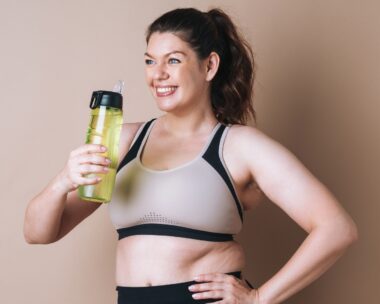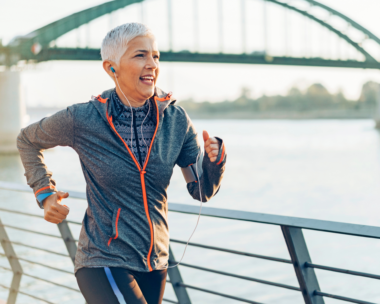Your body is constantly breaking down old bone and replacing it with new. osteoporosis occurs when the bone is lost more quickly than it is replaced. As a result, your bones become weakened and break more easily.
osteoporosis affects half of Kiwi women over 60.
It’s not just women who get it – around a third of New Zealand men over 60 have osteoporosis.
You lose bone gradually, so you can have osteoporosis and not realise it until the disease is advanced.
Becoming shorter or developing a “dowagers hump” (a hump between your shoulder blades) are signs you’ve got osteoporosis.
osteoporosis can be diagnosed with a bone density scan (DXA).
The bones most likely to become weak and break when you’ve got osteoporosis are your hips, spine and wrists.
Every year, more than 3000 Kiwis break a hip. That figure is expected to increase by at least 50% in the next 10 years as our population ages.
Nearly 20% of people who suffer a hip fracture die from related complications within a year.
More women end up in hospital with a hip fracture due to osteoporosis than with breast cancer.
Breaking your hip can result in chronic pain and permanent disability.
Young people can get osteoporosis too. Women can begin losing bone as early as 25.
After the age of 35, bone loss increases as a natural part of the ageing process.
Women can experience significant bone loss when they go through menopause and their levels of oestrogen drop.
once you’ve broken one bone, you’re more likely to have further fractures.
osteoporosis costs this country around $1.1 billion a year.
osteoporosis can cause tiny fractures in your spine, making vertebra compress and become wedge shaped.
oedication called bisphosphonates are commonly prescribed as treatment for osteoporosis. They provide a protective coating on the surface of the bone, increasing bone density.
There are two types of medication that are subsidised – Etidrate and Alendronate. Alendronate is more powerful and usually prescribed for people who’ve had fractures.
Your doctor may prescribe special vitamin D supplements along with a bisphosphonate to help improve bone density.
Having anorexia or bulimia increases your risk of osteoporosis.
Weight-bearing exercise helps build strong bones but women who exercise excessively may have an increased chance of bone loss.
While it’s important to build strong bones when you’re young, it is never too late to take steps to try to increase bone density.
There’s a link between osteoporosis and several illnesses, including inflammatory bowel disease, diabetes, coeliac disease and rheumatoid arthritis.
osteoporosis is preventable.
Are you likely to get osteoporosis?
There are certain risk factors that increase your chance of getting this disease.
These include:
A family history of osteoporosis
Being a womanA history of broken bones
Being 50+
Being post-menopausal
Eating a diet that’s low in calcium
Being thin and “small-boned”
Smoking
Drinking heavily
Being Pakeha or Asian
Spending less than 30 minutes a day in the sunlight
Doing less than 30 minutes physical activity a day
Using certain prescriptions drugs, such as steroids, long-term
The more risk factors you have, the greater your chance of developing the disease.
For more info, visit www.bones.org.nz
You can reduce your risk by:
Eating a diet that includes lots of calcium. The best source is dairy food such as milk, cheese and yoghurt. People under 50 should be getting around 1000mg of calcium a day to reduce the chance of fractures. Women who’ve been through menopause should be aiming for 1300mg. A 200ml glass of milk provides around 400mg of calcium. Calcium content varies in different products, so check the labels. Non-dairy sources of calcium include dark green leafy vegetables like broccoli and spinach, salmon with bones, and tofu.
Doing some form of weight-bearing exercise for 30 minutes a day. Try jogging, walking, tennis, low-impact aerobics or dancing.
Getting adequate vitamin D from the sun – your body needs this to absorb calcium. Around 30 minutes a day in the sunlight should be enough, but make sure you don’t get burnt.
Giving up smoking.
Limiting the amount of alcohol you drink to two drinks a day or less.




